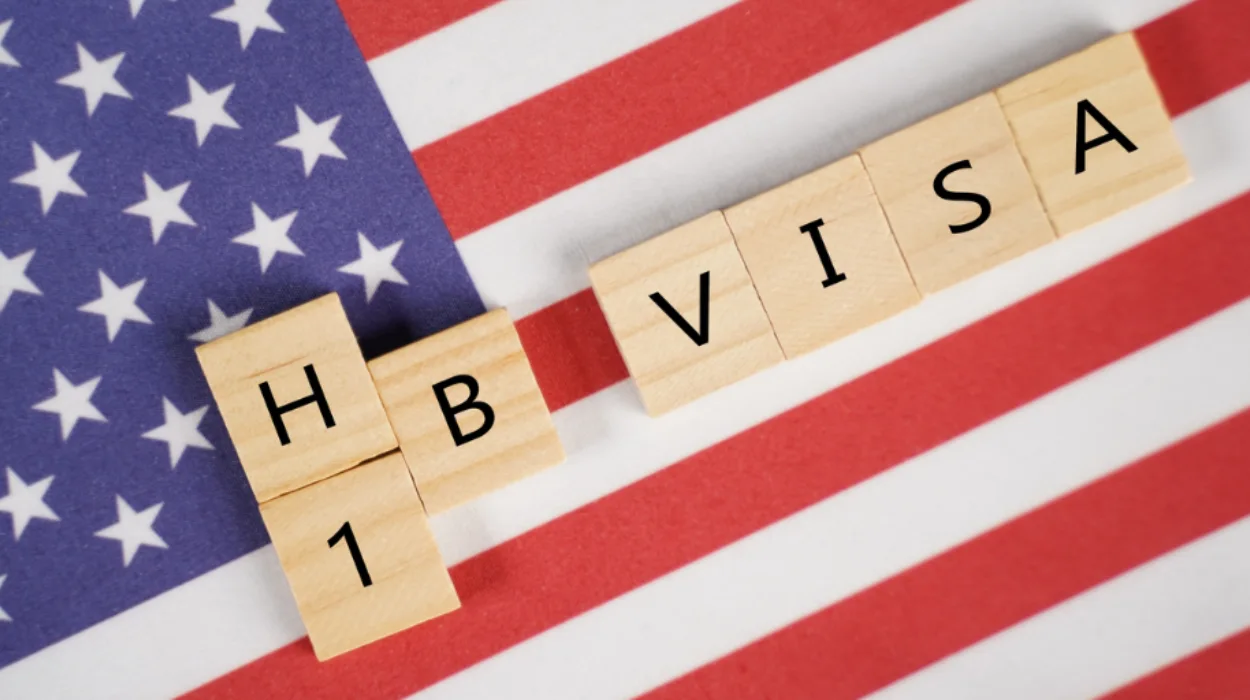Foreign workers help to fill an important American labour market need, particularly in the science, technology, engineering, and math fields. American employers searching for highly skilled foreign specialists compete each year for this pool of H-1B visa numbers for which the U.S. The allotment is allocated via U.S. Citizenship and Immigration Services (USCIS). Because the supply of visa numbers is so much lower than demand, for many years the H-1B quota was acquired long before the end of the fiscal year. The H1B workers complement US workers, fill the labour needs in many STEM fields, and boost job opportunities for all.
The H-1B visa category is integral to the U.S. economy, affording U.S. businesses with the legal avenue to hire highly qualified foreign employees in specialized professions. Be it a hirer looking to bring on leading talent or a foreign national hoping to work in America; understanding the H-1B visa process is absolutely necessary.
What is the H-1b Visa Programme?
The H-1B visa category is a non-immigrant and temporary visa category. It allows American employers to hire foreign employees in speciality occupations. Such professions generally call for at least a bachelor’s degree or its equivalent in some particular domain. When speaking about speciality occupations, such jobs need the practical as well as theoretical application of technical knowledge, generally needing a minimum bachelor’s degree qualification.
The American employer has to sponsor the alien employee and further file the necessary petitions with USCIS. Further, there is an annual cap on new H-1B visas issued; a lottery scheme operates when applications exceed this cap. Due to high demand, if the number of petitions surpasses the cap, a lottery system randomly determines which petitions will be processed. Generally, H-1B status is initially given for three years but can be expanded.
How does the H-1B visa process work for employers?
To equip for an H-1B visa, both the position and the foreign employee must fulfil particular standards. From the employer side, the position offered must meet the requirements of a “speciality occupation” needing: a profound knowledge of complex ideas and the capacity to execute that knowledge to decode real-world issues and at minimum bachelor’s degree (or something equivalent ) in a domain directly linked to the position.
The hirer must submit a Labor Condition Application (LCA) with the U.S. Department of Labor, affirming certain conditions such as the H-1B employee will be paid the general pay or the actual salary paid to other workers with similar background and capabilities, whichever is more elevated. The H-1B employee’s occupation will not adversely impact the working states of U.S. employees similarly hired. There is no lockout, discharge or strike in the occupational category at the area of work at the time of filing.
The hiring firm/employer must sponsor the alien employee and file Form I-129, Petition for a Nonimmigrant Worker, with U.S. Citizenship and Immigration Services; the employer must also satisfy the H-1B electronic registration process if subject to the annual cap. There needs to be a proper employer-employee relationship, including such that the employer may control the employee’s job.
What qualifications are needed for an H-1B visa worker?
The employee must hold a bachelor’s degree or equivalent in a specific domain directly linked to the offered post. If the graduation is from a foreign university or college, it may require to be assessed to decide its equivalence to a U.S. degree. The worker must have a legitimate employment offer from an American hirer for a speciality occupation.
Regarding work experience, depending on the particular domain and degree, the employee may need to illustrate a relevant work background in the field. Moreover, If the profession needs a license to practice in the state of planned employment, the worker must generally have that authorisation before the H-1B petition can be authorised.
How do H-1B visas impact the U.S. job market?
According to most economists, immigrant employees who are employed in the United States form new employment for native-born employees. They accomplish this in five courses. First, immigrant and native-born employees have different aptitudes, which indicates they fill various types of employment. In this way, they complement rather than contend for the same positions in the labour demand. Second, immigrant employees spend their earnings and finance in the U.S. economy, tending to increase consumer demand, and thus potentially raising new job opportunities. Third, companies respond to immigrant employees and consumers by growing in the United States instead of pursuing new opportunities abroad. Fourth, immigrants themselves are usually creators of new companies, hence extending the size of the U.S. labour market. Fifth, new concepts and innovations designed by immigrants boost economic growth.



